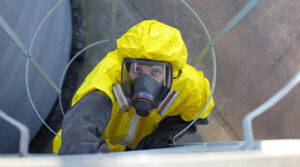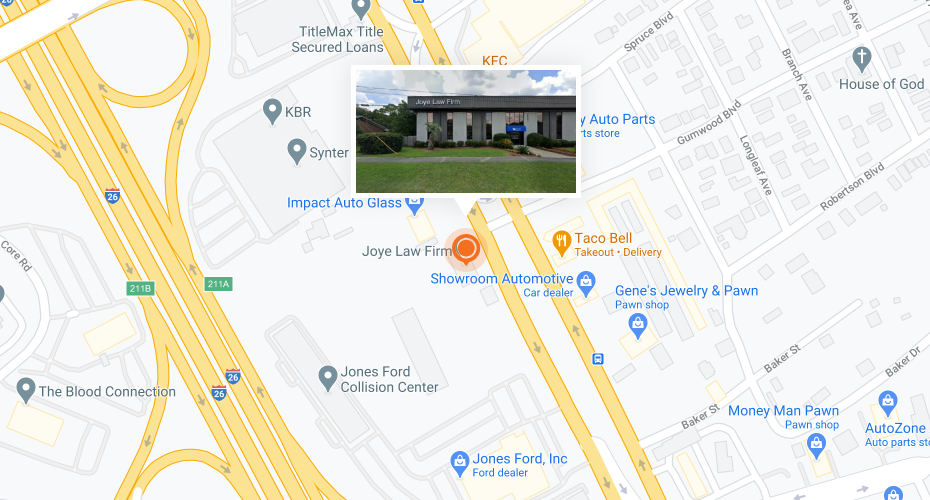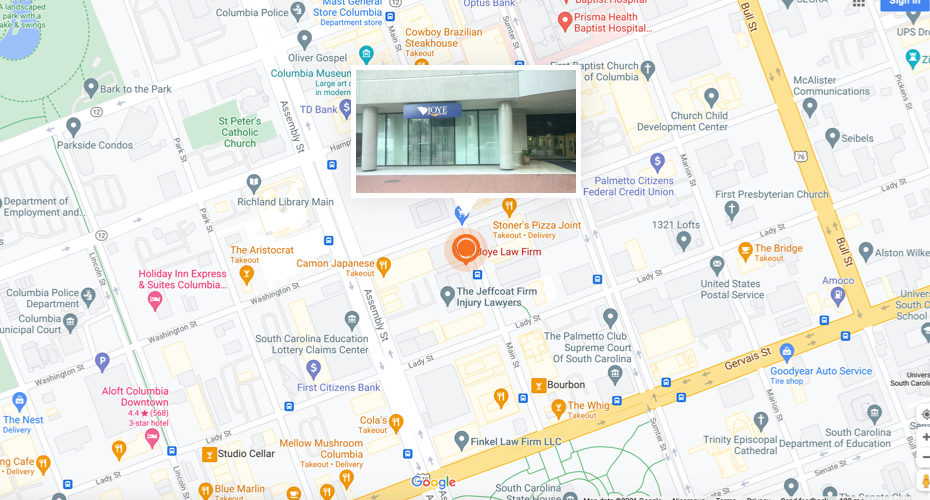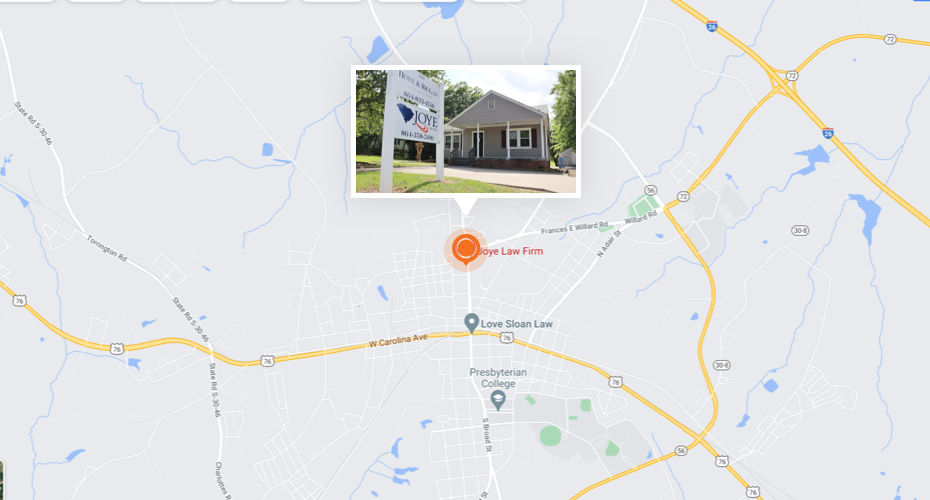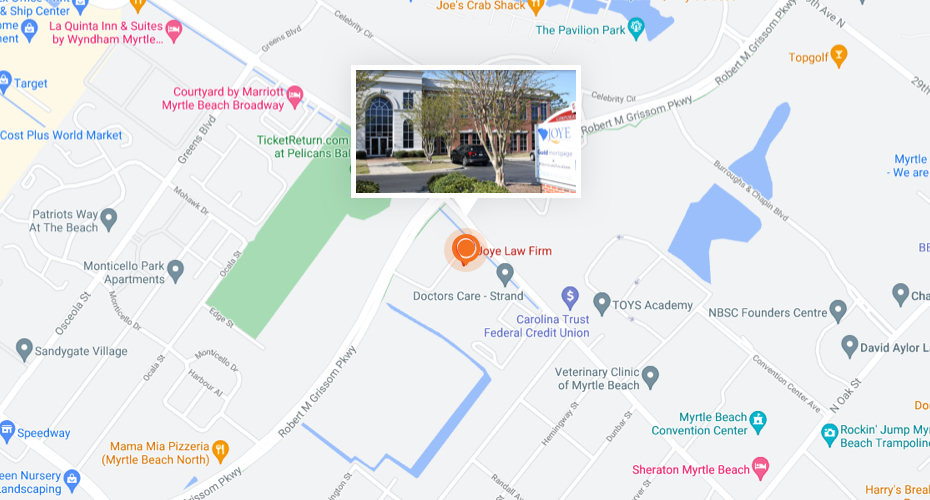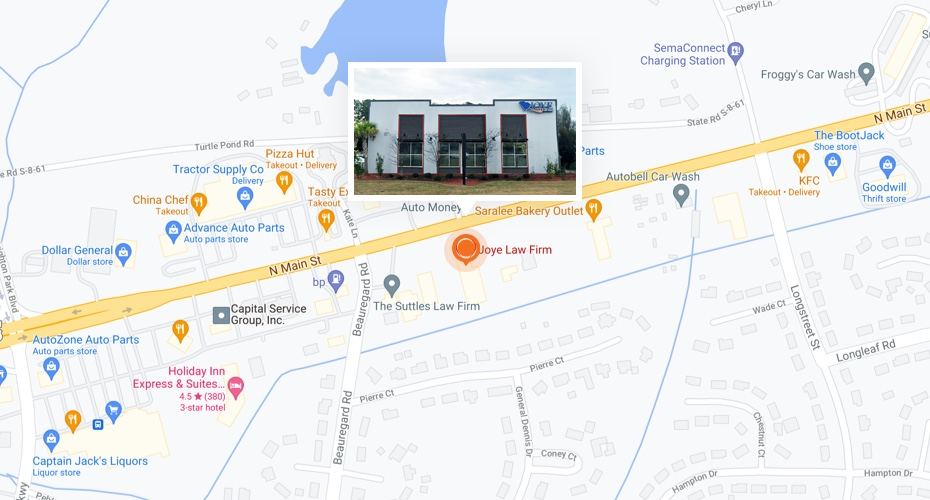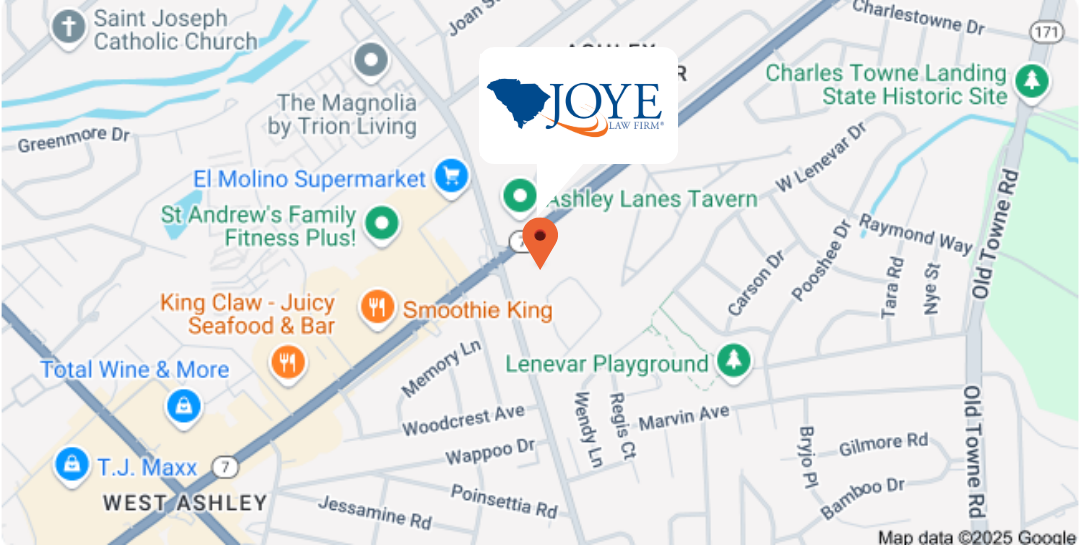
When it comes to workplace safety, OSHA regulations are the backbone of protection for workers, especially in high-risk industries like construction. Employers who overlook these critical standards put their workers at serious risk, sometimes with life-altering consequences. OSHA violations can lead to devastating injuries or even fatalities. Understanding common violations, your rights as a worker, and what to do if you’ve suffered injuries as the result of a safety violation can empower you to take action.
At Joye Law Firm, we’re here to stand by workers in South Carolina who face the aftermath of these violations, helping them seek justice and a safer future. Since 1968, we’ve helped tens of thousands of South Carolinians recover compensation through workers’ comp claims and personal injury lawsuits, providing the support they need to heal and move forward. We offer free consultations, and if we take your case, you can have peace of mind knowing you’ll only owe legal fees if we win.
What is OSHA?
The Occupational Safety and Health Administration (OSHA), created under the Occupational Safety and Health Act in 1970, is tasked with setting and enforcing safety and health standards across various industries, including construction. OSHA regulations are designed to minimize workplace hazards, such as those related to fall protection, hazardous chemicals, scaffolding, and machinery operation. Employers are legally required to adhere to these standards and provide a safe working environment.
Since its inception, OSHA’s impact has been significant: workplace deaths have fallen by over 65%, from approximately 38 per day in 1970 to around 15 per day in 2022, with occupational injuries and illnesses decreasing by 75%. Under OSHA, some states have developed their own federally approved safety programs that are identical to federal standards. South Carolina is among the 25 states with such a plan.
To enforce these regulations, OSHA reserves the right to perform unannounced worksite inspections, often following reports of serious workplace accidents or safety concerns raised by employees. Workers also have the right to request an OSHA inspection, which must be done without fear of retaliation from employers.
Common OSHA Violations on Construction Sites
Construction is a high-risk industry encompassing a broad range of tasks, including building, altering, and repairing structures. Workers in this field often face hazards, such as:
- Falls from heights
- Exposure to unguarded machinery
- Risks of being struck by heavy equipment
- Electrical shocks
- Harmful substances like silica and asbestos
OSHA routinely inspects construction sites to enforce safety regulations and protect workers. From October 2023 to September 2024, the most frequently cited violations in South Carolina construction sites included:
1. Duty to Have Fall Protection
Fall protection remains the leading OSHA violation in South Carolina construction sites. Employers often fail to identify fall hazards, provide adequate protective measures, or train employees on fall risk management. OSHA’s standard (1926.501) requires comprehensive assessments of workplace conditions to identify fall risks, proper installation of fall protection systems such as guardrails and personal arrest systems, and continuous employee training. Falls are the leading cause of fatalities in construction, underscoring the importance of compliance to ensure workers’ safety at heights.
2. Aerial Lifts
Improper use of aerial lifts is another significant OSHA violation. These issues include inadequate operator training, failure to inspect equipment regularly, and improper handling of lifts near hazards such as power lines. OSHA’s aerial lift standard (1926.453) mandates that operators be trained to recognize potential hazards and that equipment meets manufacturer safety guidelines. Employers are also responsible for ensuring that lifts are used with proper fall protection and that inspections occur before every use to prevent mechanical failures.
3. Material Handling Equipment
Citations for material handling equipment violations often stem from overloaded machinery, untrained operators, and unsafe practices. OSHA requires employers to maintain equipment in good condition, ensure operators are adequately trained, and follow load limits strictly. Mishandling materials can lead to equipment failure, falling loads, and worker injuries, all of which contribute to preventable workplace accidents.
4. Respiratory Protection
Violations related to respiratory protection occur when employers fail to provide appropriate respirators, conduct proper fit testing, or implement a comprehensive respiratory protection program. OSHA mandates that employers evaluate workplace air quality, supply suitable respiratory equipment, and train workers on its correct use to prevent exposure to hazardous substances. Construction sites often deal with dust, fumes, and chemical vapors, making proper respiratory protection critical to safeguarding workers’ long-term health.
By addressing these violations proactively, construction companies can enhance workplace safety, reduce injuries, and ensure compliance with OSHA standards.
5. Electrical Safety
Electrical hazards are a major concern in the construction industry, yet OSHA’s electrical safety standards are frequently violated. Regulations cover critical safety measures such as proper wiring design, circuit grounding, lockout/tagout procedures, and the use of insulated gloves and other protective equipment. Failure to comply with these standards can result in severe injuries or fatalities due to shocks, burns, or electrocution. Despite the dangers, violations related to electrical wiring methods rank among the most common OSHA citations, with electrical systems design also being a frequent issue. Proper training, regular equipment maintenance, and strict adherence to OSHA guidelines are essential to reducing electrical risks on job sites.

